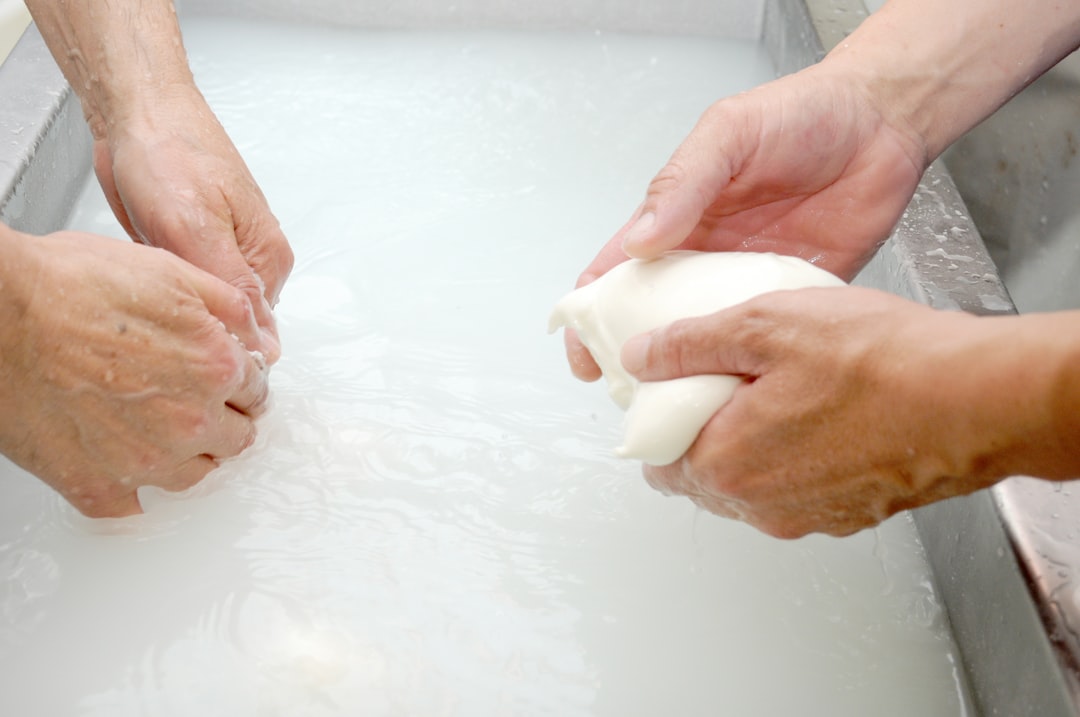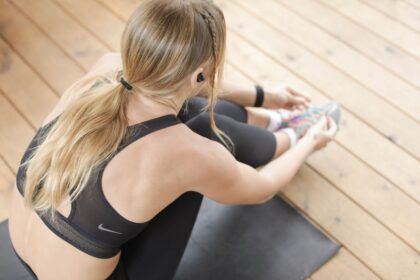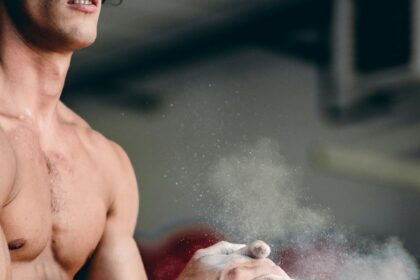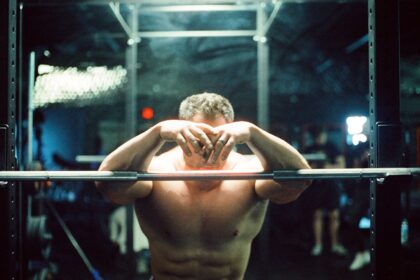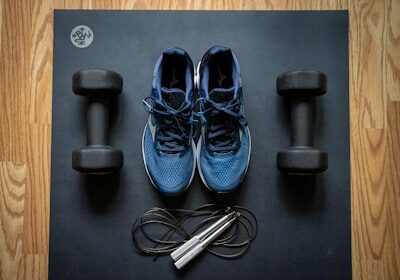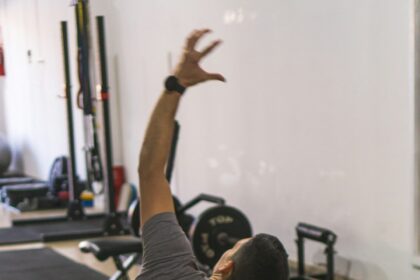Discover expert advice with QuickAdvisr. Foam rolling has become a staple in fitness routines for its ability to enhance recovery and alleviate muscle soreness. Whether you’re an athlete or a casual gym-goer, incorporating 6 foam rolling techniques to speed up recovery & reduce soreness into your routine can make a significant difference in how your body feels post-workout. In this guide, we’ll explore these techniques, their benefits, and how to use them effectively.
QuickAdvisr Guide: Why Foam Rolling Works

Foam rolling, also known as self-myofascial release, helps release muscle tightness, improve blood flow, and reduce inflammation. By applying pressure to specific areas, you can break down knots and adhesions in the fascia, the connective tissue surrounding muscles. This process not only speeds up recovery but also enhances flexibility and mobility.
“Foam rolling is like giving yourself a deep tissue massage. It’s a simple yet powerful way to recover faster and perform better.”
Top 6 Foam Rolling Techniques

Here are the 6 foam rolling techniques to speed up recovery & reduce soreness that you should incorporate into your routine:
1. Calves Roll
The calves are often neglected but play a crucial role in mobility and stability. Here’s how to foam roll them:
- Sit on the floor with your legs extended and the foam roller under your calves.
- Lift your hips off the ground and roll from your ankles to the back of your knees.
- Pause on any tender spots for 20–30 seconds.
2. Quadriceps Roll
The quadriceps are essential for leg strength and endurance. Follow these steps:
- Lie face down with the foam roller under your thighs.
- Use your arms to push your body forward, rolling from your hips to your knees.
- Focus on any tight areas by holding the position for a few seconds.
3. Hamstrings Roll
Tight hamstrings can lead to discomfort and reduced flexibility. Try this technique:
- Sit on the foam roller with it positioned under your thighs.
- Move your body forward and backward, rolling from your knees to your hips.
- Apply extra pressure by crossing one leg over the other for a deeper release.
4. IT Band Roll
The iliotibial (IT) band is a common source of pain for runners. Here’s how to target it:
- Lie on your side with the foam roller under your outer thigh.
- Roll from your hip to just above your knee, using your arms for support.
- Go slowly and pause on any tender spots.
5. Upper Back Roll
Foam rolling your upper back can relieve tension and improve posture. Follow these steps:
- Lie on your back with the foam roller positioned under your upper back.
- Cross your arms over your chest and lift your hips off the ground.
- Roll from your shoulders to your mid-back, avoiding the lower back.
6. Glutes Roll
The glutes are key to lower body strength. Here’s how to foam roll them:
- Sit on the foam roller with one leg crossed over the other.
- Lean into the side of the glute you’re targeting and roll in small motions.
- Switch sides and repeat.
Benefits of Foam Rolling
Incorporating 6 foam rolling techniques to speed up recovery & reduce soreness offers numerous benefits:
| Benefit | Description |
|---|---|
| Improved Recovery | Reduces muscle soreness and speeds up healing. |
| Enhanced Flexibility | Increases range of motion by releasing tightness. |
| Better Circulation | Boosts blood flow to muscles, delivering nutrients faster. |
| Injury Prevention | Addresses imbalances and reduces the risk of injury. |
Tips for Effective Foam Rolling
To get the most out of your foam rolling routine, keep these tips in mind:
- Start slow and gradually increase pressure.
- Focus on tight or sore areas, but avoid rolling directly over bones or joints.
- Combine foam rolling with stretching for maximum benefits.
- Stay consistent—foam rolling regularly yields the best results.
Conclusion
Foam rolling is a game-changer for anyone looking to enhance their recovery and reduce muscle soreness. By mastering these 6 foam rolling techniques to speed up recovery & reduce soreness📌 Related reading: The Best Street Foods Around the World and Their Exact Costs
🚀 Insights powered by QuickAdvisr.




